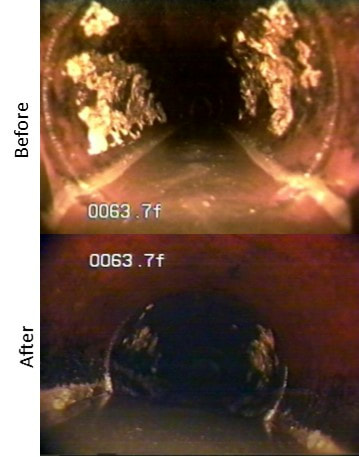After using the solvent product to clean the lift-station, the grease moves through the force mains down to the wastewater treatment plant. Suddenly, WWTP operators receive a slug loading of grease/long chain fatty acids. Bacteria in the plant can degrade grease, but it takes time. Let's detail why:
- Grease even in an emulsion does not immediately cross the bacterial cell wall for metabolism. Exocellular enzymes must first cut the fatty acids into smaller units that can cross the cell wall.
- Not all bacteria can degrade long chain fatty acids - the most common pathway in wastewater is via Beta-Oxidation which shortens the fatty acids by 2 carbons each pass through the metabolic "wheel".
- Slug loads of grease attach to the MLSS or biosolids via adsorption. This just means that small grease chunks are stuck in the biomass EPS. This makes the sludge less dense - which can cause floating MLSS and scum on the clarifiers.
- If the grease continues to enter the system, you will favor hydrophobic organisms that attach to grease particles. This means Nocardia forms. They thrive on long chain fatty acids but are slow growing.


 RSS Feed
RSS Feed